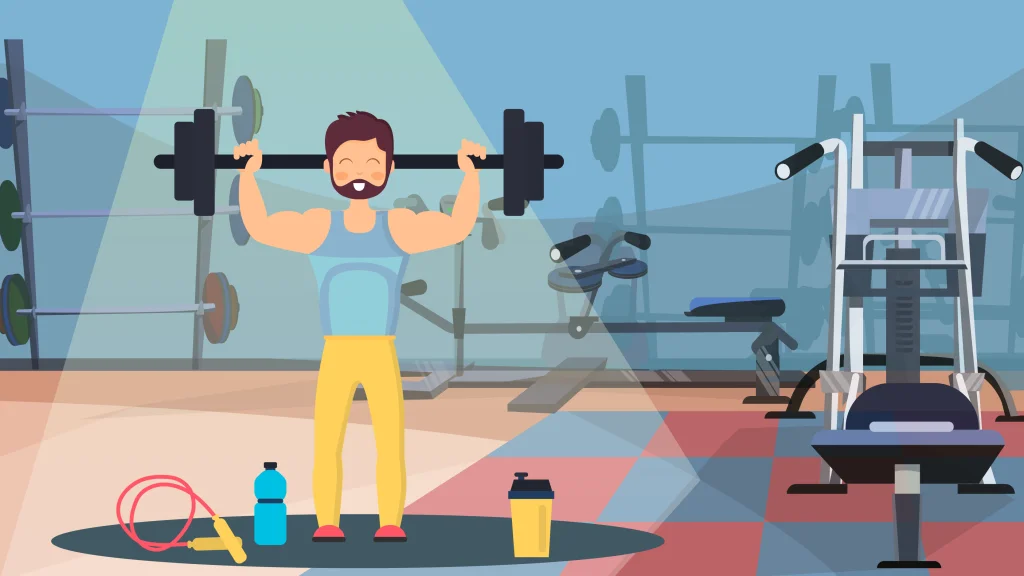
Compound Exercises engage so many muscle groups simultaneously, these exercises mainly are squats which target the quadriceps, glutes, and calves. Some variations even combine two or more exercises like lunges with bicep curls, so that more and more muscles are being involved. This is very different from isolation exercises, which focus more on a single muscle group, like traditional bicep curls for strengthening the biceps.
Read More – What To Eat Before And After The Workout?
Though isolation exercises are very useful in physical therapy for specific muscle targeting and rehabilitation post-injury, compound exercises also offer different types of benefits. You can Discover these advantages, along with examples, integration into your workout routine, and also some safety tips as you read on.
Benefits
Compound Exercises are very much like your workout time’s best friend. When you’re running low on the time, they’re the go-to move because they work on multiple muscles at once, giving you the power to boost your overall health. And it’s not just about saving your precious time—it also helps you in burning all your calories, heart-pumping, coordination-improving, flexibility-boosting, muscle-strengthening etc. Oh, and the potential for more muscle? Yeah, compound exercises have that covered too. So, when you’re in a time crunch, make those compound moves your workout buddies!
6 Compound Exercises To Try
1. Deadlift
Equipment Needed: If you want an extra challenge, grab a barbell (totally your call).
Muscles in the Spotlight: Your forearms, lats, glutes, hamstrings, core, upper, mid, and lower back.
- Kick things off by standing with your feet hip-width apart, toes hanging out under the barbell on the floor.
- Time to squat—stick your hips back, keep that core locked, and your spine in a neutral zone. No rounding that back—keep it flat.
- Get a good grip on the bar, hands a tad wider than your thighs. Soften those knees, and let’s get this lift started by pushing through your heels.
- As you lift, make sure your hips and the bar rise together. Keep that bar close to your body throughout the whole lift.
- Stand tall at the end, give those glutes a little squeeze for good measure.
- Now, don’t rush it—lower that bar gradually by hinging at the hips.
- Hit 10 to 12 reps, take a breather for 30 to 60 seconds between sets. Shoot for up to 3 sets.
2. Reverse lunge to balance with bicep curl
Equipment Needed: All you need is a pair of dumbbells.
Muscles in the Spotlight: Let’s work on those glutes, hamstrings, abs, hips, and biceps.
Here’s the drill: Stand with your feet hip-width apart, holding a dumbbell in each hand. Palms facing your body, arms hanging loose.
- Now, step back with your right foot, slide into a lunge—hips and legs taking the plunge.
- Plant your left foot, bring the right one forward without tapping the ground. Keep your balance on the left foot.
- Time for a double-duty move—curl those dumbbells up with both arms.
- Bring the right leg back to lunge mode, lowering the dumbbells parallel to your body.
- Repeat this routine 6 to 8 times on the right side, then switch to the left.
- Take a breather for 60 to 90 seconds after finishing the left side, and go for 2 to 3 sets.
3. Squat
No need for any fancy equipment here!
Let’s hit those quadriceps, glutes, and calves with a straightforward move.
- Start with your feet a bit wider than hip-width, toes pointed slightly outward.
- Keep that chest proud, engage your abs, and shift your weight back into your heels while pushing your hips back.
- Sink into a squat, going as low as feels right for your thighs, making sure your knees stay in line with the second toe.
- As you stand back up, remember to push through those heels, and give those glutes a nice squeeze at the top.
- Shoot for 10 to 15 reps, and gradually work your way up to 3 sets for a solid workout.
4. Front lunge with twist
No need for any equipment here!
Let’s zero in on those glutes, hamstrings, abs, and hips with a simple move.
- Stand tall, arms out in front, feet shoulder-width apart.
- Take a step forward with your right foot, arms still stretched out. Front leg makes a nice 90-degree angle without the knee going past the toes, and the back leg does the same.
- Now, in that lunge, twist your upper body to the right, then back to the center.
- Bring the right leg back to the starting point, then lunge forward with the left leg and repeat.
- Aim for 8 to 10 lunges on each leg, and work your way up to 3 sets gradually.
5. Dumbbell shoulder press on exercise ball
For this All you need is one of the set of dumbbells and an exercise or ab ball.
Over here We’re honing in on the abs, deltoids, pectoralis major, and triceps brachii, so let’s just kick it off.
- So first you need to Find a comfy spot on the exercise ball, to engage that core, you should grab a dumbbell in each hand.
- Start with the dumbbells on your thighs, then use your thighs to lift them up to shoulder height. Try to Keep those elbows at a 90-degree angle, and make sure that these dumbbells are facing forward.
- Now, try to press those dumbbells straight up until you have your arms fully extended overhead.
- Bring your arms back down to that 90-degree angle, keeping your elbows at shoulder height. And remember, don’t dip lower to protect those shoulder joints.
- Aim for 12 to 15 reps, and work your way up to 3 sets for a solid workout.
6. High plank T-spine rotation
No need for any gear here!
Let’s hone in on the abs and shoulders with a simple move.
- Start in a push-up position, arms right under your shoulders, and make sure that core is engaged. Keep those legs about hip-width apart.
- Now, squeeze those thighs and glutes while firmly planting your right hand on the floor.
- Raise your left arm, twist your hips and shoulders to the left, reaching up.
- Lower your left arm, anchor it to the ground, and switch it up. This time, it’s the right arm’s turn to reach for the sky.
- Aim for 8 to 10 reps on each side, and gradually work your way up to 3 sets for a solid workout.
Safety tips
Compound exercises, like deadlifts, require a specific technique which helps you to stay safe and avoid injury.
Always try and work with a professional or a trainer when performing these types of exercises, especially if you’ve never performed the move before. They can observe you to make sure your technique is OK.
Eventually, you may be able to safely do the moves on your own. Still, it’s always a good idea to bring a workout buddy who can spot you.
Also remember to always Drink water between sets and stop between the workout if you feel lightheaded, dizzy, or unwell.
Read More – Top 8 High Calories Food For Weight Gain



